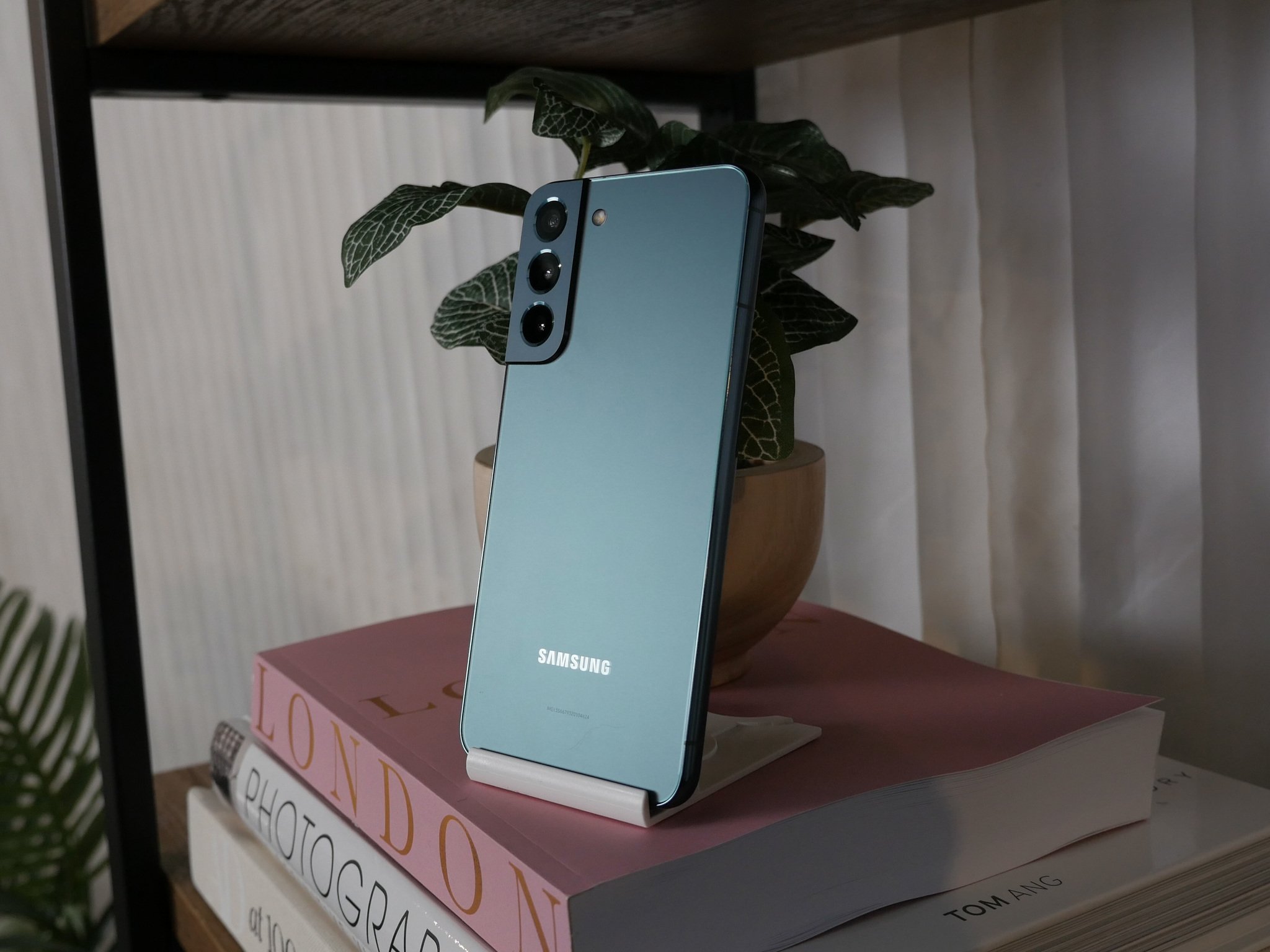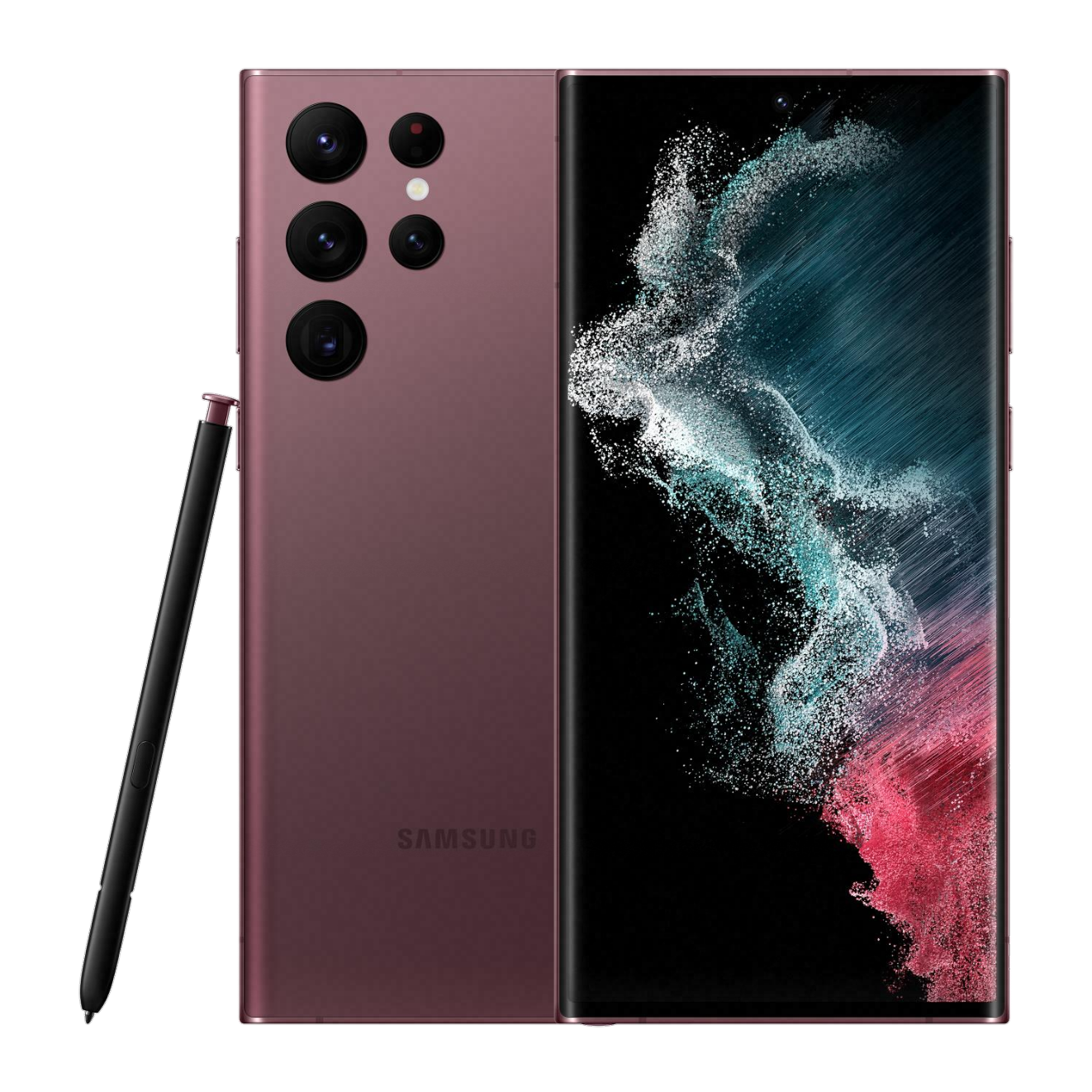Here's why Samsung launched the Galaxy S22 with Snapdragon 8 Gen 1 in India
Galaxy S22 buyers in India will get Qualcomm's latest chipset instead of the Exynos 2200.
It's official: the Galaxy S22 series will be powered by Qualcomm's latest 4nm Snapdragon 8 Gen 1 in India. A few leaks hinted as much before the launch, and Samsung confirmed the same in a blog post.
This is obviously a huge deal, because Samsung only launched Exynos variants of its phones in the country over the last seven years. The one instance where it deviated from the path was with the 5G variant of the Galaxy S20 FE, which offered the Snapdragon 865. Samsung initially launched the S20 FE sans 5G connectivity, with that model running the Exynos 990. But in March 2021, the Korean manufacturer rolled out the 5G model with Qualcomm's chipset, and that generated an additional wave of interest in the device.
Samsung is the only Android manufacturer to use a dual-sourcing strategy for its flagships, and it continues to do so because the model has worked particularly well for the brand. It reserves the Qualcomm version for North America and Korea, but other global markets get the Exynos-powered model. However, that is changing with the Galaxy S22 series, with Samsung introducing the Qualcomm-powered variant in more markets.
Samsung isn't ditching the dual-sourcing model; it's just being more strategic with its Qualcomm positioning.
In addition to India, Samsung is introducing the Qualcomm-based Galaxy S22 in the UAE (we'll have to wait for availability to kick off in other markets to gauge what regions are getting the Qualcomm version). That said, Samsung will continue to offer the Exynos 2200-powered Galaxy S22 in most global regions — including the UK, Germany, France, and the rest of Europe.
It's understandable why Samsung is making the change in select countries; these are markets with a predominantly tech-savvy userbase, and they don't necessarily generate a lot of sales volume for Samsung in the high-end category. While India accounts for over 80 million phone sales a year, the premium segment (over $600) accounts for a tiny portion.
In 2021, it made up just 4% of the overall market, and that's after a huge growth year for premium phones that saw this category double in market share. So we're looking at an addressable market of under 3 million, with Apple dominating sales by some margin. It's a similar situation in the UAE, and while premium phones have a higher share, the addressable market for Samsung in the high-end segment is under 2.5 million.
As such, Samsung doesn't stand to lose much by bringing the Qualcomm-based versions of its latest flagships to India and the UAE. If anything, it could see a decent uptick in sales figures from last year's S21 series, particularly considering these markets always had a strong userbase for the Galaxy Note series. The Galaxy S22 Ultra is essentially the successor to the Note 20 Ultra, and the fact that it is running the Snapdragon 8 Gen 1 makes it one of the best Android phones of the year and the obvious upgrade path for Note 20 owners in the region.
What's interesting to me is that Samsung didn't launch the Snapdragon 888-powered version of the Galaxy S21 FE in these countries. During a product briefing ahead of its launch, Samsung execs pointed to positive feedback for the Exynos 2100-based S21 series as the main reason for continuing with the Exynos chip, and as far as sales figures go, the S21 FE has a significantly higher potential than the S22 series.
Having used all of Samsung's Exynos-powered flagships starting with the Galaxy S6 series, the defining trait with the Exynos series over the last seven years has been the lack of sustained performance. Samsung's ambitious plans to create a custom CPU that could take on Qualcomm and Apple failed, and the Exynos 990 in the Galaxy S20 was a low point for the series — it had a tendency to heat up, so it had to be constantly throttled. That's why Samsung started using off-the-shelf Arm cores starting with the Exynos 2100.
I find it ironic that Samsung is switching up its strategy in a year where it finally addressed a lot of the underlying issues with its Exynos designs. The Exynos 2200 is the first design to result from Samsung's partnership with AMD, and it brings a lot of exciting features to the table, including ray tracing and variable rate shading. Qualcomm had the distinct edge in this area over the last decade, but the Exynos 2200 looks like a strong challenger in a lot of areas.
I was keen on getting my hands on the Exynos 2200-based Galaxy S22 Ultra, but I guess I'll have to settle for the Snapdragon 8 Gen 1 version instead. All kidding aside though, it is a smart move from Samsung to position the Qualcomm-based version of its flagships in these countries. It isn't going to lead to a noticeable uptick in global sales for the Galaxy S series, but Samsung stands to gain a lot of goodwill, and it can always use more of that.
Samsung Galaxy S22 Ultra
The Galaxy S22 Ultra has all the hardware features you'd want in 2022, and it comes with an integrated stylus that has less latency than what was on the Note 20 series. Combine that with the fact that it's powered by the Snapdragon 8 Gen 1, and you get a fantastic phone.
from Android Central - Android Forums, News, Reviews, Help and Android Wallpapers https://ift.tt/TOhcS87




Post a Comment